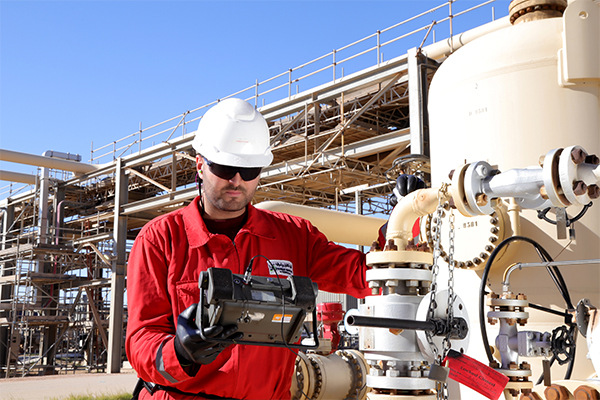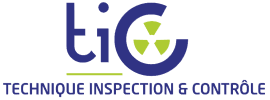Our inspectors are certified, empowered and qualified to international standards. Thanks to a wide range of conventional and advanced control methods, we offer a high value-added service that helps to control risks and reduce lead times and costs.
Non-Destructive Examination
Non-Destructive Examination
TIC specializes in non-destructive testing of materials and metal structures. Customers trust us for. Characterize the state of integrity of their equipment, without damaging it, either during production, use or maintenance.
NDT is a major component of product quality control. It differs from laboratory and industrial instrumentation in that its purpose is to detect heterogeneities and anomalies without altering the basic structure.

Advanced Non-Destructive Testing
PRINCIPLE AND FIELD OF APPLICATION
Always striving for progress and innovation, we are committed to developing advanced inspection techniques. TIC enables its customers to optimize their performance and productivity, while staying one step ahead of present and future challenges thanks to our highly qualified staff and state-of-the-art equipment.
Advanced non-destructive testing is essential to the smooth operation of industries that manufacture, process or use materials, products and structures of all kinds.
Advanced NDT techniques provide customers with reliable, accurate and fast results, minimizing costs and optimizing resources.
TOFD (Time of Flight Diffraction)
The TOFD method is used for a wide range of applications, with its primary purpose being the rapid inspection of axial and circumferential weld seams. Since its inception, the use of this reliable and renowned non-destructive testing technique has grown steadily. To ensure compliance with North American standards, TOFD is often combined with reflection or multi-element ultrasonic techniques to cover the root and bead areas of the weld.
Multi-element ultrasound (Phased Array)
Ultrasonic testing has broadened the scope of component inspection in non-destructive testing (NDT), and is now widely accepted and standardized for a range of applications. This technology offers the advantage of being able to adapt and control the ultrasonic beam to enable deflections, such as sector scanning, and focusing in a part, by electronically controlling the emission/reception delays at the various transducer elements. Phased Array” control has the advantage of eliminating the traditional back-and-forth movement of the translator.
Automated Ultrasound (AUT)
Automated ultrasonic inspection enables rapid weld inspection with highly accurate results and positioning data, as well as simultaneous use of multiple probes for highly precise evaluation of the indication dimensions measured. Constant coupling pressure and constant probe alignment reduce potential errors during critical evaluation of indications. It also offers the possibility of mapping large corroded areas with great precision.
ACFM
The A.C.F.M. technique enables detection of through-hole defects without stripping, reduced cleaning (traces of grease), ease of calibration, and high inspection speed. It also offers the advantage of testing over a temperature range from -20°C to 50°C, processing through paint and non-conductive coatings up to 5 mm thick, with no special surface preparation, and digital recording of results.
Control Par Courant De FOUCAULT
Eddy current testing enables easy calibration, high testing speed and part quantity, and detection of open defects without stripping. This technique also has the advantage of requiring minimal cleaning, and can be applied through paint and non-conductive coatings up to 3 mm thick, without any specific surface preparation.
- Multi scan MS 5800
- Tof-Scan TFL 100.
- Fluke TI30 Infrared
- Falcon 2000LEFT scanner
- XMET C ref analyze
- Fischer MP30
- Dynapocket
- IRIS 6 GAMMA RAY
- XLG3 BOROSCOPE
- Scorpio 2
- MFL FLOOR MAP 3 D
- Rms C scan system
- Replica on situ
- CF
- TFL 100 TOFD SYSTEM
- Pipe WIZARD system
- OMNISCANMX2 TOFD & PAS
- Sentinel959 SCAR
- Certified BSCAN inspectors
- TOFD ISO 9712 Level 2 certified inspectors
- Certified Phased Array ISO 9712 Level 2 inspectors
- Certified Eddy Current Inspectors SNT-TC-1A Level 2
- Certified inspectors LFET/MFL
Conventional NDT
PRINCIPLE AND FIELD OF APPLICATION
TIC offers a Level 3 service provided by experienced and highly qualified NIV III inspectors according to ASNT or ISO 9712. TIC group aims to train NDT inspectors capable of implementing the most common non-destructive testing methods used in industry. Our experts have a proven practical mastery of materials, manufacturing, process technology and applicable products. These services ensure compliance with acceptance criteria, guarantee the installation and availability of site equipment, and contribute to personal safety.
RADIOGRAPHY
Radiography is a non-destructive testing method that involves obtaining an image of the material density of an object that has been penetrated by X-ray or gamma-ray electromagnetic radiation. Radiography is a technique that enables us to visualize the lack of material in the volume of the object under inspection, on a two-dimensional image. Tomography is an examination technique also based on the absorption of electromagnetic radiation, which can be used to obtain material densities by volume elements.
ULTRASON
This technique offers several advantages, such as the need to access only one side of the part, the sensitivity of defect detection, the possibility of checking the compactness of a given volume and the positioning of detected indications in the thickness. Ultrasonic testing can also be used to estimate the importance of an indication by means of its reflectivity (reflection testing) or the attenuation produced (transmission testing).
MAGNETOSCOPY
Magnetic particle inspection is widely used in sectors such as metal construction, forging, boiler making, etc. It can be used to inspect parts with simple or complex geometries. The operation, which is relatively quick, can be carried out on both small parts (10 mm screws) and large parts (ship crankshafts, aircraft landing gear).
RESSUAGE
Penetrant testing is an NDT method that can be easily integrated into production or maintenance lines. Apart from the low cost of implementation, one of the main advantages lies in the ability to detect defects such as cracks, corrosion fissure, porosity, pitting, etc. with great reliability, whatever their orientation and location on the part to be inspected, but also whatever its size and complexity of geometry.
- Multi scan MS 5800
- Tof-Scan TFL 100.
- Fluke TI30 Infrared
- Falcon 2000LEFT scanner
- XMET C ref analyze
- Fischer MP30
- Dynapocket
- IRIS 6 GAMMA RAY
- XLG3 BOROSCOPE
- Scorpio 2
- MFL FLOOR MAP 3 D
- Rms C scan system
- Replica on situ
- CF
- TFL 100 TOFD SYSTEM
- Pipe WIZARD system
- OMNISCANMX2 TOFD & PAS
- Sentinel959 SCAR
- ISO9712 Level 1 inspectors
- ISO9712 Level 2 inspectors
- ISO9712 Level 3 inspectors
- ACCP Level 2 inspectors
- ASNT Level 3 inspectors
- RTFI ARAMCO inspectors
- RPS inspectors
- Inspectors SNT-TC-1A Level 1
- Inspectors SNT-TC-1A Level 2
- Inspectors SNT-TC-1A Level 3
Services level 3
PRINCIPLE AND FIELD OF APPLICATION
TIC supports its customers throughout the manufacturing phase to assess the condition of parts and their suitability for their intended function.
TIC uses all the latest conventional non-destructive testing techniques and methods to ensure quality assurance and the safety of goods and personnel.
Conventional NDT is based on numerous methods, most of which use sound or electromagnetic waves to examine materials. TIC offers a wide range of conventional NDT techniques, including conventional radiography, ultrasonic testing, dye penetrant inspection, etc…
Conventional NDT has long been the basis for assessing the condition of equipment. Our experts meet your requirements by inspecting newly-built equipment and existing infrastructure, identifying the appropriate methods for each activity.
- Supervision / monitoring of NDT operations (in the field).
- Highly demanding NDT control.
- Re-reading/counter-interpretation of results.
- Participate in resolving NDT discrepancies.
- Drafting procedures.
- Training for NDT agents.
Level 3 services are based on internationally recognized certification. Our Level 3-certified experts master advanced NDT techniques and manage operations with high standards. The aim is to guarantee machine maintenance and reliability, as well as equipment performance and system interoperability. The success of the installation and operation phases, and the productivity of our customers’ resources, are the objectives of our level 3 services.
Level 3 certified inspectors
Project coordination
PRINCIPLE AND FIELD OF APPLICATION
TIC coordinates and manages projects, providing customers with highly qualified project coordinators to ensure that projects run smoothly and that deadlines and resources are optimized.
- Monitoring and coordination of control activities
- Capitalizing on and integrating feedback
- Design and implementation of non-destructive testing methods adapted to your production (cost optimization)
- Assistance with the implementation of inspections using several non-destructive methods: magnetic particle inspection, dye penetrant inspection, ultrasonic testing, etc.
- Drafting the final report
The field of application is constantly diversifying in the metallurgical industries, where safety and risk reduction are top priorities. Through project coordination, the ICT group monitors and coordinates control activities, thereby reducing costs and time.
Certified and experienced non-destructive testing inspectors
Our first and only priority is CUSTOMER SATISFACTION

Since 1993, TIC Group has been a leader in the field of control and technical inspection. With over 500 specialists, including engineers and technicians.
Newsletter
2023 © All Rights Reserved TIC Group
